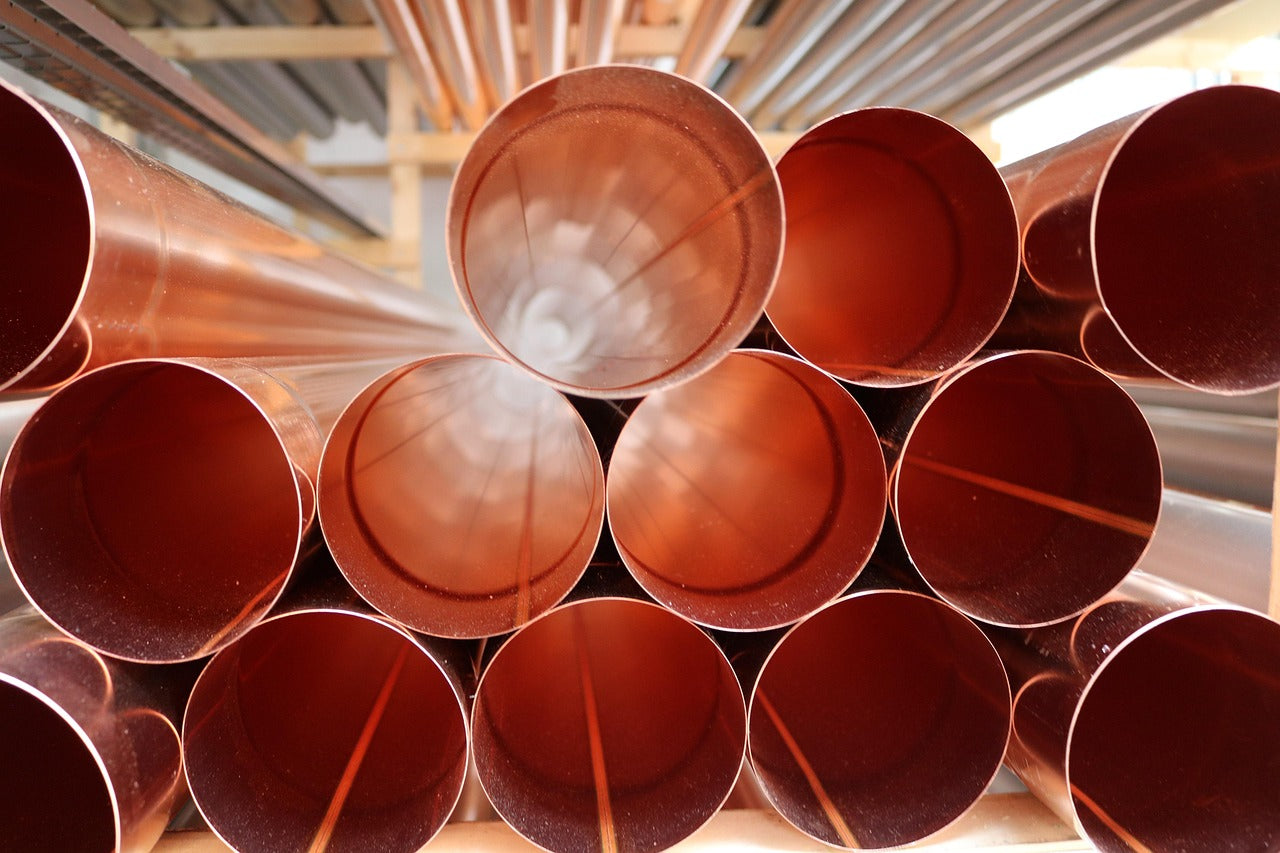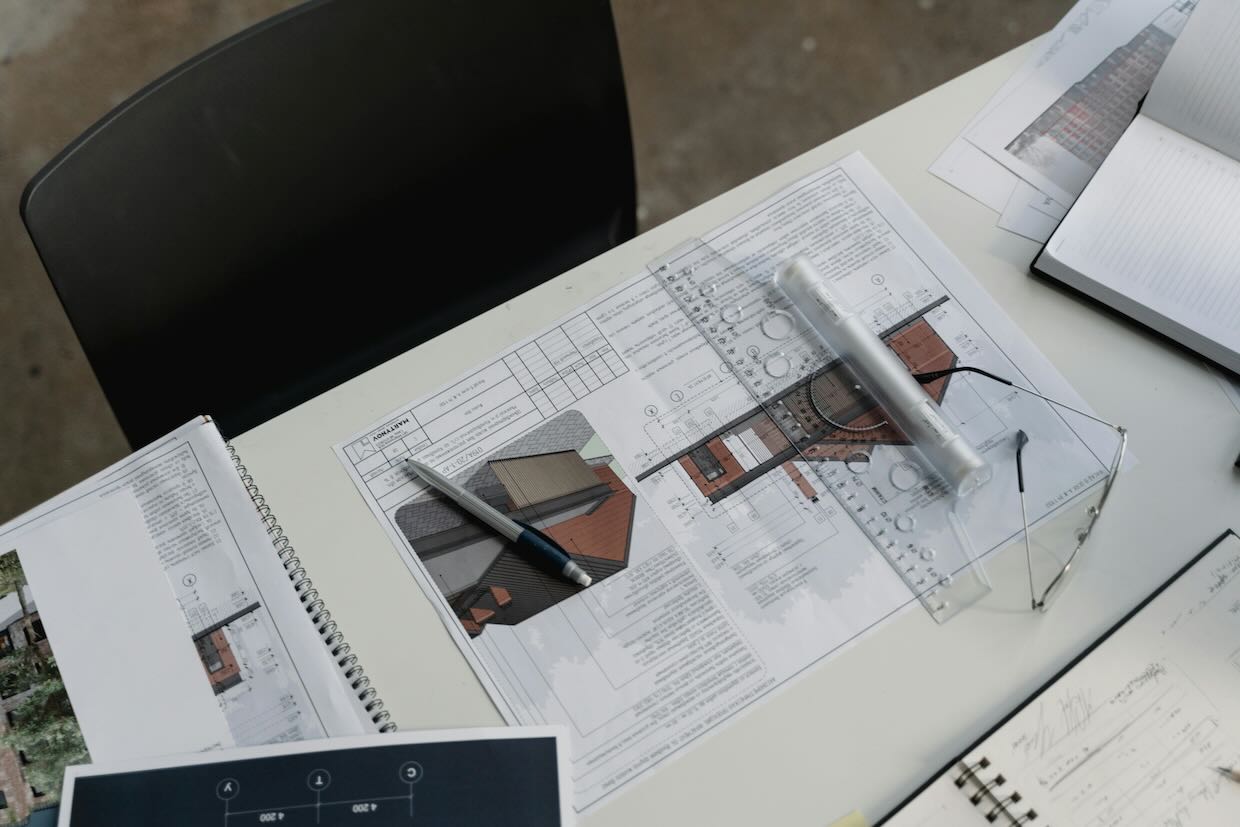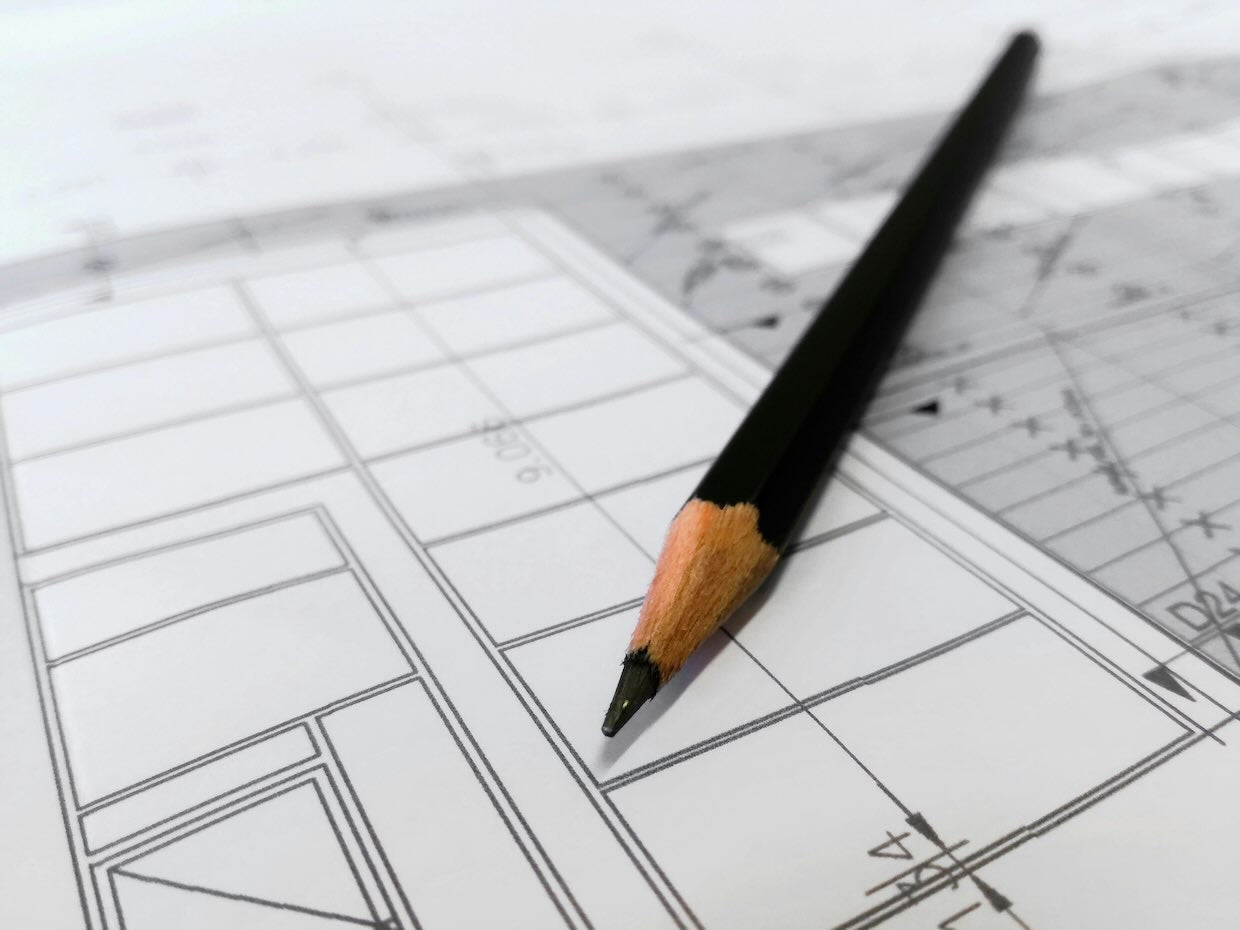A pipe rack is more than a structural frame. It supports critical process systems—piping, trays, and equipment—especially in environments where performance and uptime matter. From refineries to power plants, thoughtful design underpins long-term reliability.
At Innovative Living Design (ILD), we help clients get it right from the start. Our prefabricated systems simplify delivery, reduce rework, and ensure the structure fits the process—not the other way around.
This isn’t about meeting code and moving on. The design of steel pipe rack structures has been well studied, yet missteps remain common—usually in the gaps between intent and execution. Prefabrication and industrial steel frame construction give us the tools to close that gap. Smart design gives us the edge.
What Clients Are Really Up Against
Ask someone managing a process infrastructure build what’s gone wrong, and chances are it’s familiar:
“We’re redesigning every two weeks.”
“We lost a week trying to fit cable trays after the steel went up.”
“Thermal movement cracked a support we installed three months ago.”
These aren’t rare cases. They’re signs of what happens when design and execution get out of sync—especially in the oil and gas industry, utilities, and process-intensive projects.
ILD’s prefabricated approach addresses that disconnect. We deliver pipe rack structures that are modeled for coordination, verified before shipping, and installed with minimal site friction. Less improvisation. Fewer delays.
Behind the Steel: Structure That Thinks Ahead
Pipe rack design might look straightforward, but the process is dense with decisions. Spans, connections, flexibility—all of it matters.
Transverse Frames (Bents)
These handle most of the gravity and lateral loads. We typically use steel ordinary moment frames, though in higher seismic zones, we may move to intermediate or special frames based on performance needs.
Longitudinal Bracing
Conditions vary. Some racks call for full bracing. Others do fine with cantilevered columns. Our design balances drift, base fixity, and what’s running through or over the rack.
Modular Bays
This is a core strength for ILD. Our bays arrive pre-configured to carry support pipes, instrument cable trays, electrical infrastructure, and mechanical equipment. Everything is shop-fit and field-ready.
A Deeper Look at Load Engineering
Designing for load is about precision—not padding numbers. We break it down clearly:
-
Structure Dead Load (Ds): Steel, coatings, fixed platforms
-
Operating Dead Load (Do): Pipes, fluids, insulation. We model 40 psf for structural steel pipe, and 20–40 psf for trays
-
Empty Dead Load (De): Roughly 60% of Do, used in uplift and seismic scenarios
-
Test Load (Dt): Considered only if hydro-testing is done on-structure
Live Load Considerations
We follow Process Industry Practices (PIP) rather than minimum building code values:
-
75 psf uniform
-
1,000-lb point load over 22"x22"
If the rack supports personnel or equipment in any meaningful way, these numbers matter.
Dealing with Thermal Expansion
This is often underestimated. Heat builds slowly, but the resulting force is real—and persistent.
ILD accounts for it from the start:
-
Friction loads modeled at 10% of total pipe weight or 40% of the heaviest moving line
-
Top flanges reinforced where pipe shoes contact the beam
-
Expansion joints placed at 60 to 90 meter intervals, with slotted connections or missing struts where appropriate
Earthquake, Wind, and Navigating Code Ambiguities
Pipe racks aren’t buildings. But most codes are written as if they are. That creates grey areas—and that’s where experience counts.
ILD blends industry references and engineering judgment:
-
ASCE 7 for seismic load categories like operating earthquake load and empty earthquake load
-
PIP STC01015 for load assumptions tailored to piping systems
-
The IBC as a baseline building code
-
AISC 360 and 341 as essential structural steel material references
We interpret codes in context. If you’re deciding between an R=3 frame or a detailed seismic system under AISC 341, we’ll walk through the real implications: structural stiffness, wind load response, cost, and fabrication lead time.
Built for Real Life, Not Just the Spec Sheet
Pipe racks are a focused example—but ILD’s capabilities extend much further. We design and fabricate prefabricated light-gauge structural steel buildings for residential, commercial, and industrial applications.
For residential needs, we offer durable, efficient structures—tiny homes, bungalows, and multi-unit builds that scale easily and install quickly.
Our commercial buildings range from office and retail spaces to civic and community centers. These projects benefit from speed and flexibility—without the overhead of traditional methods.
And in the industrial space, ILD delivers modular steel solutions that handle complexity with confidence. From utility enclosures to pipe and process supports, our systems integrate cleanly with your infrastructure.
We combine digital coordination, factory-controlled fabrication, and field-focused delivery. The result? Steel frame construction that’s easy to work with, built to last, and tailored to your project—not someone else’s template.




